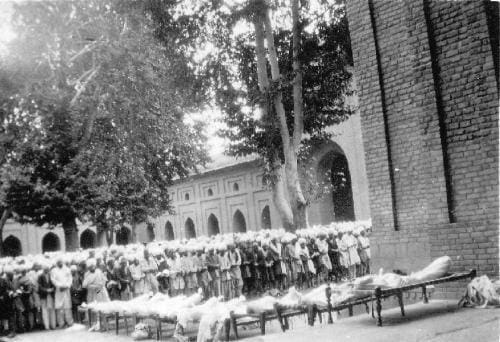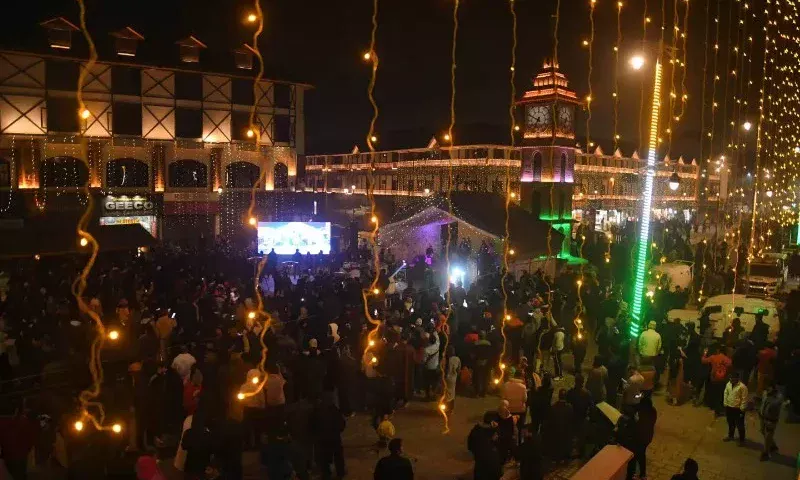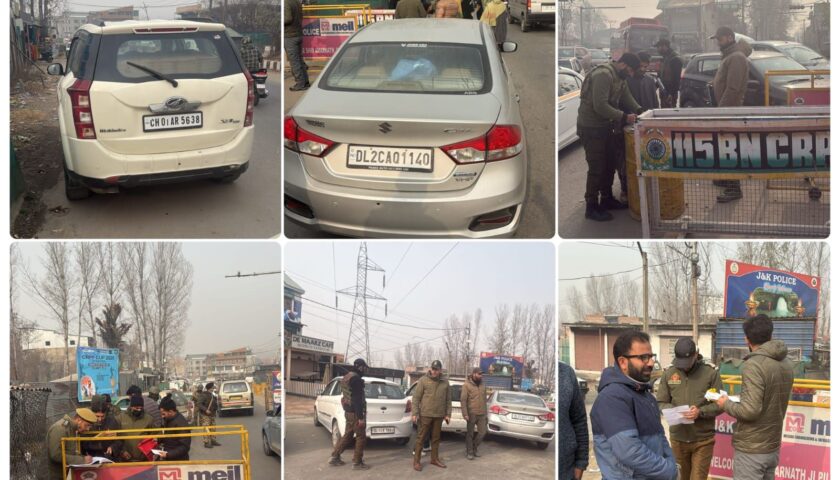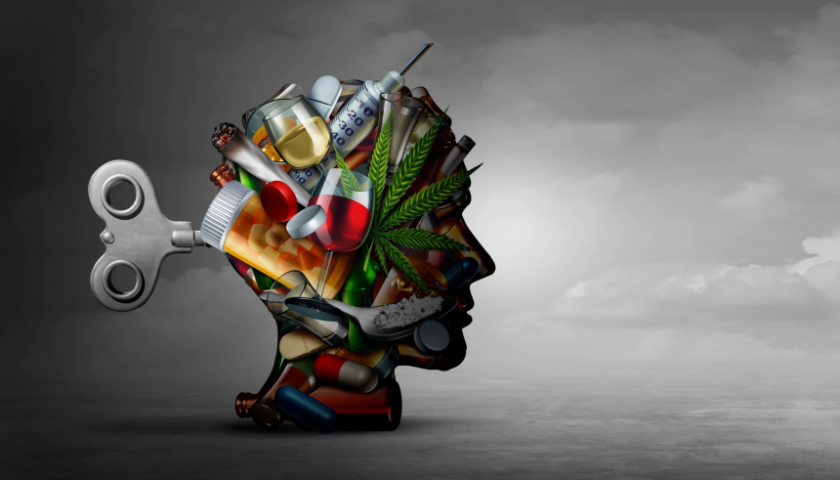Politics Hots Up in Kashmir Valley Over Martyrs’ Day
By: Javid Amin | Srinagar | 12 July 2025
A Date That Still Burns
Every year, as July 13 approaches, Kashmir finds itself once again at a political and emotional crossroads. Martyrs’ Day, which once featured prominently on the official calendar of Jammu and Kashmir, is now a source of heated debate, bitter memories, and ideological confrontation. The day marks the killing of 22 unarmed Kashmiri protesters outside Srinagar Central Jail in 1931, a turning point in the region’s political awakening against autocratic rule.
What was once a solemn day of state-led commemoration has, since the abrogation of Article 370 in 2019, been stripped of its official status—leaving a vacuum filled by sharp political discourse, ideological battles, and increasing restrictions.
Historical Significance: The Blood That Shaped a Movement
The events of July 13, 1931, are deeply embedded in Kashmir’s socio-political consciousness. On that fateful day, thousands had gathered outside the Srinagar Central Jail to protest the trial of Abdul Qadeer, who had called for resistance against the autocratic Dogra Maharaja’s regime. As the time for the afternoon prayers approached, a volunteer stood up to deliver the Azaan (call to prayer). He was shot dead by the Dogra soldiers.
What followed was a chain of martyrdom—each man who stepped forward to complete the Azaan was gunned down, one after another. By the end of the day, 22 Kashmiris had laid down their lives. Their sacrifice became a cornerstone of Kashmir’s resistance politics and shaped future demands for self-determination, justice, and democratic rights.
For decades, successive governments in Jammu and Kashmir commemorated this day with official holidays, solemn ceremonies, and visits to the Martyrs’ Graveyard at Naqshband Sahib in Srinagar. Post-2019, however, the day has been wiped off the official list, triggering resentment among political and civil society groups.
Political Tug-of-War: Who Owns the Martyrs?
In the run-up to July 13 this year, the Valley’s political landscape is once again abuzz. Prominent regional parties, including the National Conference (NC) and the People’s Democratic Party (PDP), have strongly demanded the restoration of the Martyrs’ Day holiday and state recognition of the sacrifices made in 1931.
Former Chief Ministers Farooq Abdullah and Mehbooba Mufti have both issued public statements condemning the denial of political space to commemorate the day. “It’s not about religion, it’s about history and identity,” Mufti remarked in a press conference, warning that erasing history will only deepen the divide between the people of Kashmir and the Indian state.
The Hurriyat Conference, which traditionally leads religious and civil processions on Martyrs’ Day, finds itself once again in the crosshairs. Its chairman and the Valley’s chief cleric, Mirwaiz Umar Farooq, was reportedly placed under house arrest ahead of this year’s commemoration. Authorities have barred him from leading Friday prayers at Srinagar’s historic Jamia Masjid, allegedly to prevent him from invoking the 1931 martyrs in his sermon.
Meanwhile, the Bharatiya Janata Party (BJP) and its aligned ideological groups like the RSS have taken a contrarian stance, calling the 1931 uprising illegitimate. They argue that the events were communal in nature and that those killed were not freedom fighters but “rebels”. This narrative seeks to de-link contemporary Kashmir from its pre-Partition past and redefine the region’s identity within the framework of a strong, centralized Indian state.
War of Words: Ideals vs Political Convenience
As expected, the political heat has escalated into a full-blown verbal war. Mehbooba Mufti has openly accused the National Conference of hypocrisy, claiming they paid only lip service to the cause. She pointed out that NC had a chance to pass a resolution reinstating the holiday when they were in power, but failed to do so.
“When in power, they choose silence. When out of it, they find their voices. That’s not leadership, that’s opportunism,” she said.
In response, NC leaders have defended their legacy and accused the PDP of trying to score political points. “Our commitment to Martyrs’ Day is unwavering. We’ve officially approached the Lieutenant Governor’s office for recognition and for allowing a visit to the Martyrs’ Graveyard,” an NC spokesperson said.
Adding another voice to the mix, the Jammu and Kashmir Apni Party, a relatively new political outfit formed after the abrogation of Article 370, has also called for formal recognition of Martyrs’ Day. The party has urged the administration to lift restrictions and allow public participation in the tribute ceremonies.
Restrictions & Uncertainty: Remembering in Silence
In recent years, Martyrs’ Day has been marked not by state-sponsored remembrance but by heavy restrictions. Roads leading to the Martyrs’ Graveyard are frequently sealed off, and public gatherings are either banned or heavily policed. This year appears no different.
Multiple political parties have submitted formal requests to the Jammu and Kashmir administration seeking permission to visit the graveyard and offer prayers. As of July 12, no official response has been issued, leaving parties and the public in a state of uncertainty.
Security lockdowns, detentions, and preventive house arrests have become routine around this time of year. Civic space continues to shrink, making political expression increasingly difficult. Civil society groups, youth activists, and even journalists have lamented this growing clampdown.
“Commemorating Martyrs’ Day is not about inciting unrest—it’s about remembering who we are and how far we’ve come,” said a university professor in Srinagar, requesting anonymity.
Beyond Symbolism: The Fight for Identity
Martyrs’ Day today symbolizes more than just remembrance—it is about reclaiming a collective identity that many in Kashmir feel is under siege. Since 2019, the state has undergone sweeping changes—from constitutional downgrading and loss of autonomy to increased central control and demographic anxieties.
In this context, July 13 is not just a date but a reminder of political continuity. It offers people a chance to reflect on their history, reclaim public memory, and resist erasure.
For many Kashmiris, denial of access to the graveyard or restrictions on commemorations represent not just administrative actions, but a broader strategy to dilute the region’s unique political culture and suppress dissent.
Bottom-Line: Memory, Politics, and the Road Ahead
Martyrs’ Day in Kashmir is no longer just about the 22 lives lost in 1931. It has become a mirror reflecting the Valley’s fractured polity, contested narratives, and unresolved history. As the day comes and goes each year under shadow of surveillance and silence, the question remains: Can a society truly move forward if it’s not allowed to remember its past?
In a land where history has always been political, even memory becomes an act of resistance. July 13 may no longer be a state holiday, but in the hearts of many Kashmiris, it remains a day of mourning, defiance, and hope.




